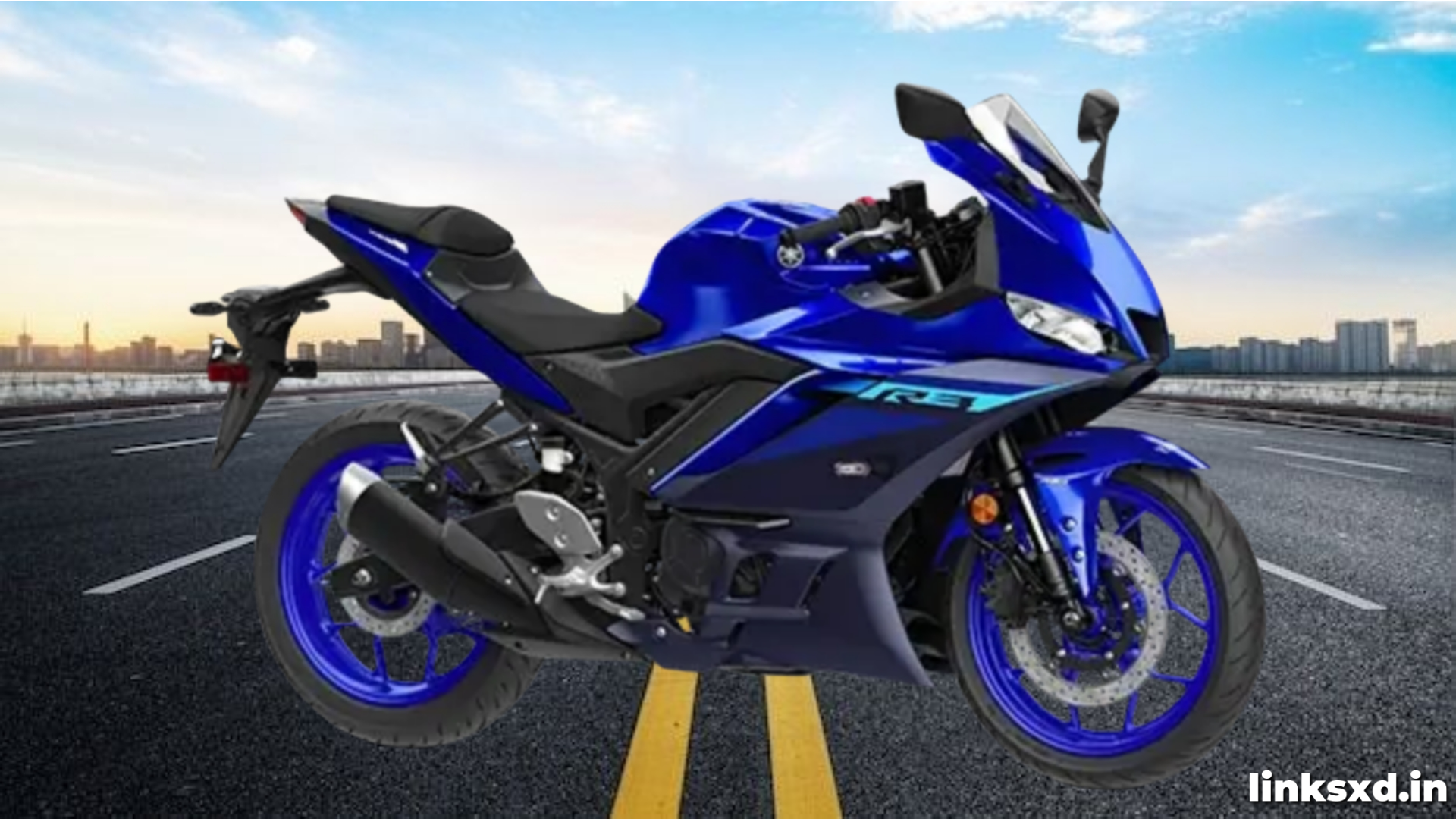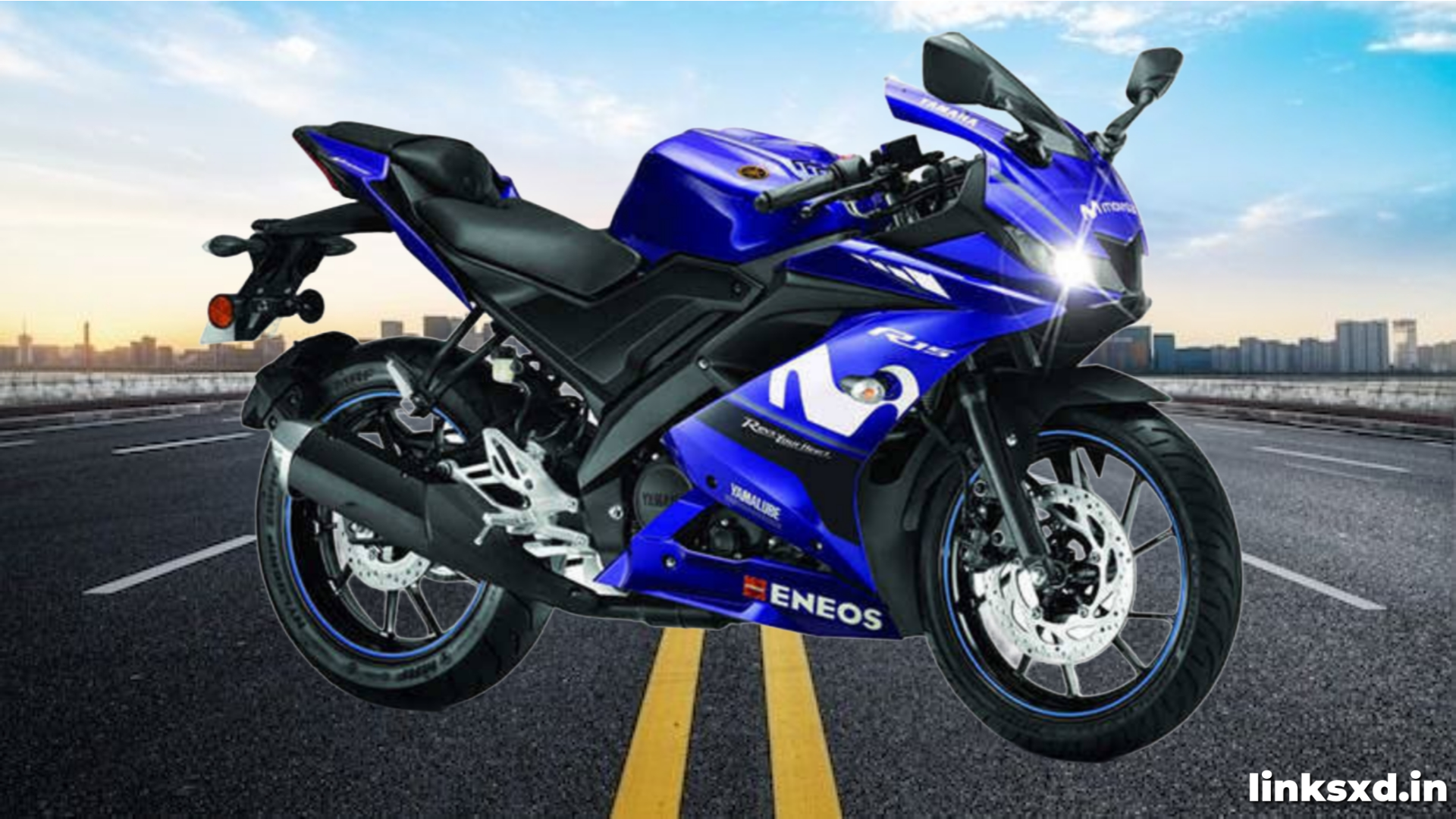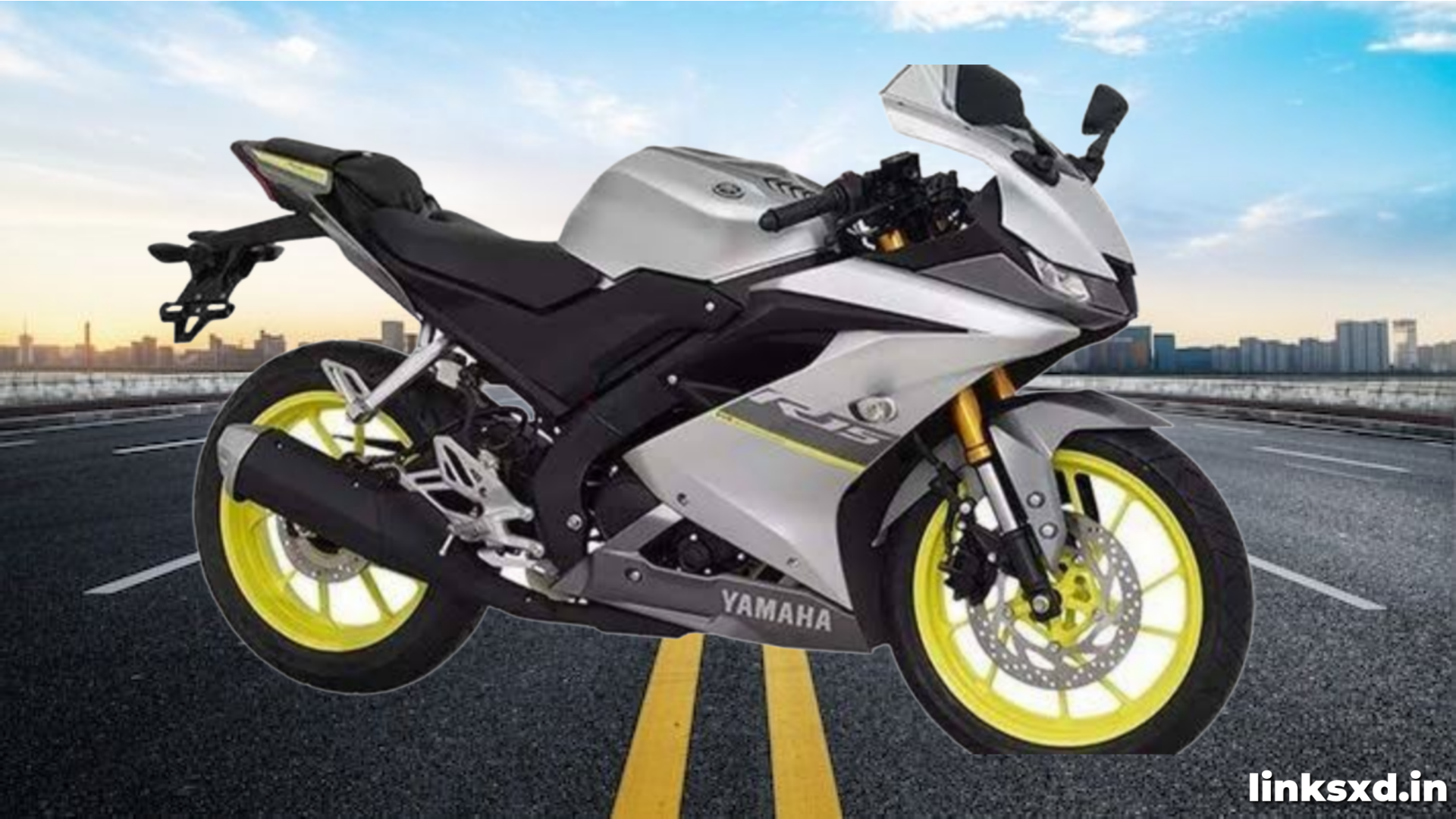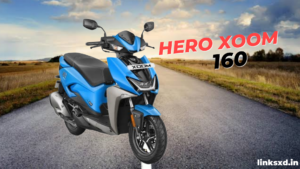Automated Manual
Yamaha follows in the footsteps of BMW with their announcement and Honda with their longstanding dual clutch technology, unveiling an automated manual transmission system called Y-AMT which uses seesaw shifting levers on the left bar cube to allow riders to manually shift gears without using clutch technology.
Automated Manual Y-AMT (Yamaha Automated Manual Transmission)
The Yamaha Y-AMT stands out from other automatic transmissions on the market by offering you two distinct shift options – fully automatic (AT) or finger and thumb manual shift (MT). Shifting can be managed using seesaw levers on the left hand bar that can be operated using index finger and thumb control without using your foot; pulling them up or down will shift up or down respectively; this feature is even recommended during sportier riding so as to take full control over shifting preferences.
Brand claims its system allows riders to fully enjoy the sports performance of the bike by eliminating foot-operated gear levers and shifting mechanisms from distraction. AT modes offer two shifting algorithms – D+ for more spirited driving with higher revs and D for city commuting; both prioritize smooth gear changes for optimal riding experience. It can also combine with ride-by-wire throttle control and cruise control systems which can be tailored specifically to individual riding styles.
Automated Manual Y-AMT MT (Yamaha Automated Manual Transmission MT)
Yamaha’s Y-AMT weighs only 6.2 pounds compared to Honda’s 24-pound DCT unit and can easily fit to nearly any conventional manual-transmission motorcycle without significantly adding size or weight. Furthermore, its clutch and shifter actuators are mounted externally so as to not reduce space within its transmission housing and allow easy installation on any bike that uses manual transmissions.
This system gives riders the flexibility to select between MT (manual shift mode) and AT (fully automatic) modes, whereby drivers take full control over gear changes themselves while automatically adapting shifting behavior for different road conditions. AT mode has two settings which adjust its automated shifting characteristics – one for sportier riding and another more economical operation.
No matter the mode, shift operations are managed via two switches on the left handlebar switchgear. Yamaha claims that both position and stroke of its levers have been optimized for easy use with gloves on, making the Y-AMT faster and more precise than traditional manual shifters, enabling riders to focus more easily on body positioning for cornering, braking and acceleration.

Automated Manual Y-AMT AT (Yamaha Automated Manual Transmission AT)
Yamaha Motorcycles have now adopted an automated manual system called Y-AMT that, like KTM’s AMT at Erzberg and BMW’s Automated Shift Assistant. Yamaha also plans on offering its own DCT systems based on DCT technologies like Honda. As seen in their video below, this aims to offer “maximum focus and performance”.
As with other semi-automatic gearboxes, the Y-AMT eliminates clutch lever and shift pedal requirements for operation. Instead, riders will use small seesaw levers on the left switchgear to manually operate its transmission; thumb controlled downshift levers below left grip activate downshifts while an index finger controlled plus lever in front activates upshifts.
Riders will also have the option to operate their transmission fully automatically with either D+ or D programs, which optimize shifting behavior for different riding situations. D+ offers quicker and sportier shifts while D mode offers softer changes ideal for commuters. Both AT modes always allow riders to switch back into manual operation should they wish – giving them complete control of see-saw levers to accommodate personal manual shifting preferences.
Automated Manual Y-AMT D (Yamaha Automated Manual Transmission D)
Contrary to Honda’s DCT system, this system uses riders’ fingers rather than feet for shifting purposes – this enables riders to focus solely on throttle, brakes, body position and lean angle – amplifying their riding experience.
This system will feature two modes – D is for standard auto mode while D+ allows riders to experience sportier riding by quickly shifting up in rev range and shifting faster to maximise Yamaha crossplane-concept engines’ power characteristics. Both can be switched at any time via dedicated buttons on the dash. D+ mode was designed to amplify sport riding’s joy by shifting more rapidly and higher up the rev range while in D mode, for added excitement during sport riding.
Riders in MT mode will use two thumb-operated rocker switches on their handlebar to manually select gears. Positioned directly below the clutch levers, they are easy to reach and work using fingertip pressure similar to traditional clutch levers. Shaped like see-saws – one acting as plus and the other acting as minus lever – these see-saw switches provide intuitive shifting operation weighing only 2.8 kilograms as a system addition.

Automated Manual Y-AMT D+ (Yamaha Automated Manual Transmission D+)
Yamaha claims that Y-AMT was designed to increase the purity of sports riding by helping riders concentrate on what matters most. While BMW’s ASA or Honda’s E-clutch designs use hydraulics for computer controlled clutches, Y-AMT employs electromechanical actuators on the CP2 engine and bar-mounted buttons instead for controlling shift operation.
Depending on the mode, gear changes are prioritized in different ways. When set to fully automatic ‘AT’ mode, shifts are tailored automatically according to rider selected electronics settings and ride modes; whilst D mode prioritizes smooth shifting while D+ holds onto higher revs for longer for increased performance.
MT (Manual) mode allows riders to manually control shift operation using small see-saw levers on the left switchgear. A thumb-controlled minus lever located beneath the grip activates downshifts while an index finger-controlled plus lever in front can be used for upshifts; riders can manually select which ratios they wish to use with this system; Yamaha notes that its plus lever is smaller and further forward than traditional quickshifters to only interrupt power for short durations during shifting operations.



